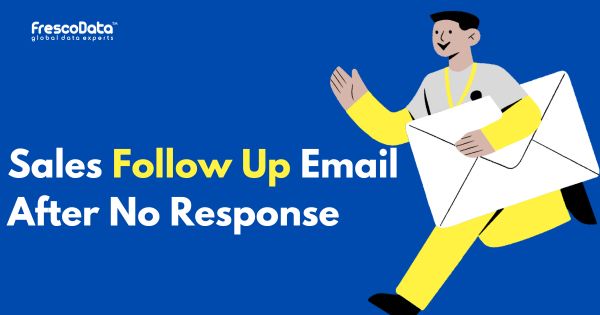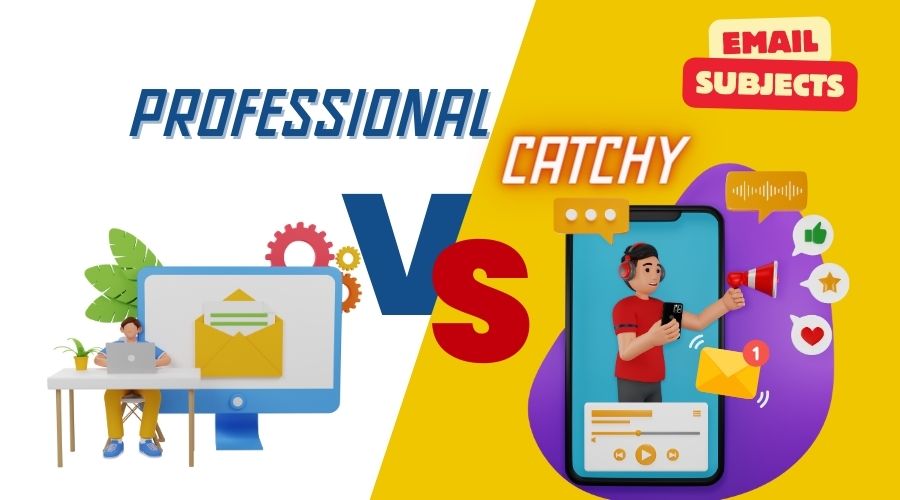Creating an ad copy for your business is easy. Placing it in the right place to reach the right audience. Not so much!
Getting a high click-through rate not only requires a great ad copy but the right placement as well. However, with so many options, where would you find your potential leads?
Propelling customers (and not just random visitors) to your landing page is the ultimate motive of any marketing campaign. To achieve that, you need to “hit the nail on its head.”
Confused?
Well, don’t be!
Here’s the solution: Programmatic Advertising!
If you’re wondering what programmatic advertising is or want to upgrade your knowledge. In that case, this guide will take you through the programmatic advertising ecosystem, i.e., programmatic ads overview, benefits, programmatic advertising trends 2023, and how to leverage it to take your business to the next level.
So, buckle up, grab a coffee, and dive into the world of programmatic marketing.
What is Programmatic Advertising?
Programmatic advertising is an automated data-driven process of buying and selling digital advertising inventory (also known as digital ad space) in real time through a bidding system. The bidding system uses algorithms and data to make real-time decisions on which ads to buy and how much to pay based on audience demographics, behavior, and intent. Programmatic ad buying is not limited to display ads and can include video, native, and audio ads.
In today’s AI world, advertising has undergone a significant transformation, and programmatic advertising has emerged as a game-changing technology that has revolutionized how businesses reach their target audience. With the advent of programmatic advertising, businesses can now automate their ad-buying process and make data-driven decisions to optimize their ad spend and maximize ROI.
How Does Programmatic Advertising Work?
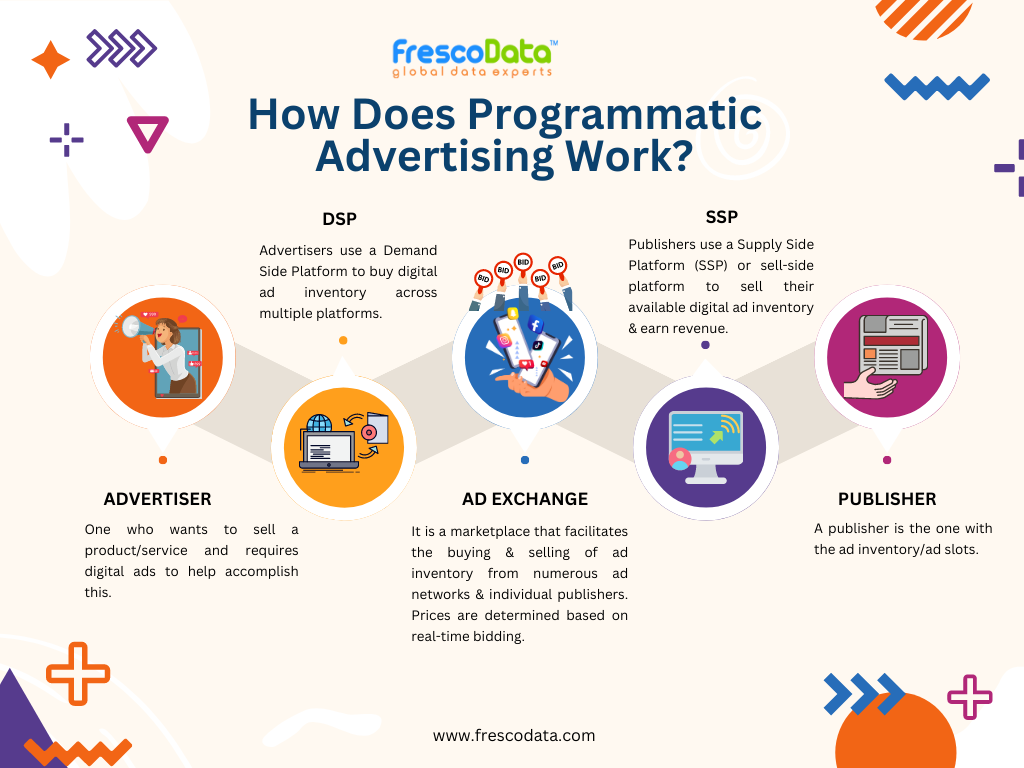
Before the advent of programmatic advertising, advertising was a tedious task as it involved manually shortlisting the relevant platforms to show their ads & reach out to the shortlisted publishers to reserve their ad slots.
However, with the rise of programmatic ad buying, it became really easy for the advertisers as well as for the publishers to buy & sell ad slots with utmost relevancy.
Before digging in, you need to get the hang of the main components of programmatic advertising.
Main Components of Programmatic Ads
There are 5 main components of Programmatic Ads which are as follows:
Digital Ad Inventory
It is the ad space or slot on any web property where one can display ads.
Ad Network
An ad network is an intermediary that aggregates publishers’ ad inventories & sells them to advertisers in exchange for a commission. It segregates ad inventories on relevant criteria such as demographics, behavioral traits, etc.
Ad Exchange
An ad exchange is a marketplace that facilitates the buying & selling of ad inventory from numerous ad networks & individual publishers. Prices are determined based on real-time bidding.
DSP
Advertisers use a Demand Side Platform to buy digital ad inventory across multiple platforms.
SSP
Publishers use a Supply Side Platform (SSP) or sell-side platform to sell their available digital ad inventory & earn revenue.
Here’s How Programmatic Marketing Works:
Advertisers set up a campaign on a demand-side platform (DSP), sending bid requests to multiple ad exchanges. Ad exchanges are connected to Supply Side Platforms (SSP), which help publishers receive bid requests and respond with the ad inventory they have available for sale.
The DSP then evaluates the responses and decides which ad inventory to buy based on the advertiser’s targeting and bid criteria.
The winning bid is then served to users in real time.
Finally, the DSP provides the advertiser with real-time reporting on the campaign’s performance, including impressions, clicks, and conversions.
Types of Programmatic Ad Auctions
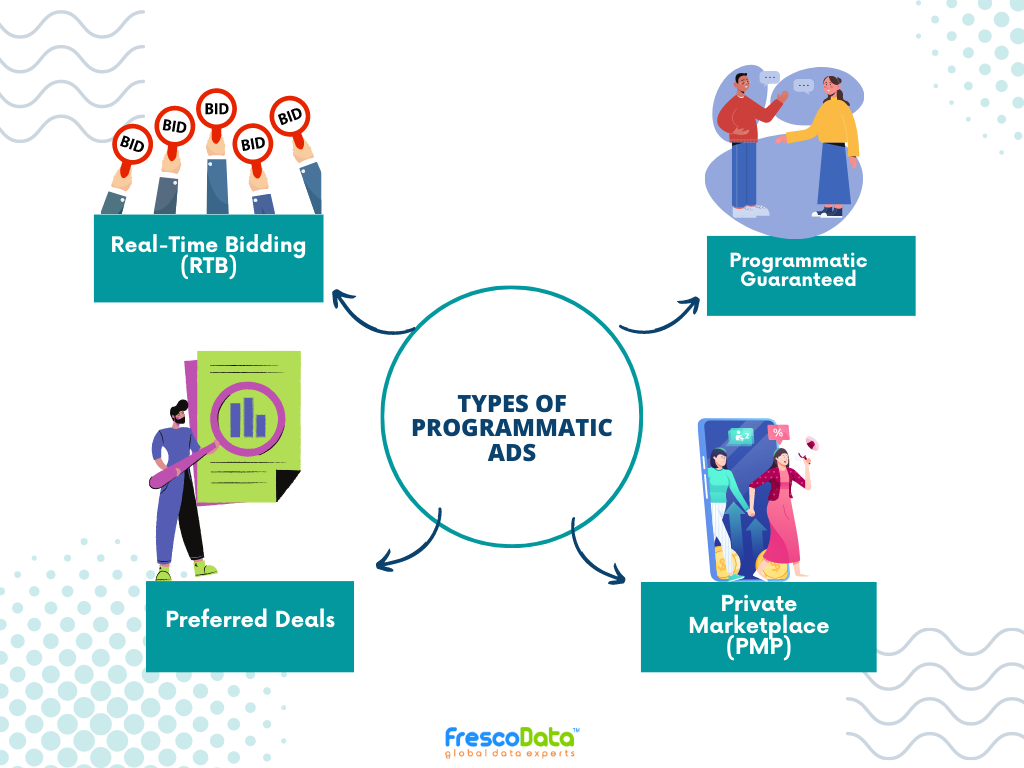
Following are the types of Programmatic Ad Auctions:
Real-Time Bidding (RTB)
It is one of the most popular forms of programmatic advertising auctions and is available to all advertisers. Also known as an open marketplace, it involves a real-time auction, where advertisers bid on ad inventory based on specific audience targeting criteria such as demographics, interests, and location.
The highest bidder gets their ad inventory, but they don’t need to pay their bid amount. Instead, they are required to pay only $0.01 more than the second-highest bidder.
RTB is commonly used for display advertising and offers high control over audience targeting and budget allocation. However, it lacks transparency regarding the platforms on which the ads will be displayed.
Private Marketplace (PMP)
As the name suggests, it is a private auction where the publishers reserve their premium ad inventory for the selected advertisers, who are invited to bid for the reserved ad slots.
As opposed to RTB, advertisers know where their ads are displayed, which facilitates accurate analysis of individual web properties & the associated ROI.
Preferred Deals
In preferred deals (also known as Spot Buying), advertisers exercise the right to choose the preferred ad inventory at a fixed price before it is out on private marketplaces, followed by auctions.
The advertisers can use the DSP to sneak peek at the audience. After analysis, they can decide whether to buy the ad slot.
Programmatic Guaranteed
Also known as Automatic Guaranteed or Programmatic Direct, this approach allows the publisher & the advertiser to negotiate one-on-one. The advertiser can choose ad slots, audience targeting, prices, and frequency capping. This approach doesn’t involve bidding & the slots are directly sold to the advertiser post-negotiation. However, it requires more expertise on the advertiser’s part & a hefty budget.
Programmatic Advertising Channels
Here are some of the most popular programmatic advertising channels:
Programmatic Display Ads

Display Advertising in programmatic marketing differs from that in regular advertising. It has specific slots such as a header, footer, or sidebar.
Programmatic Social Ads

Programmatic Social Media Ads use the vast user data collected by social media platforms to refine the targeting audience, improving precision and increasing ROI!
Furthermore, these social ads include Programmatic influencer marketing that automates influencer marketing by identifying the right influencers, onboarding them, and automating campaign management by analyzing the audience and campaign performance.
Programmatic Video Ads
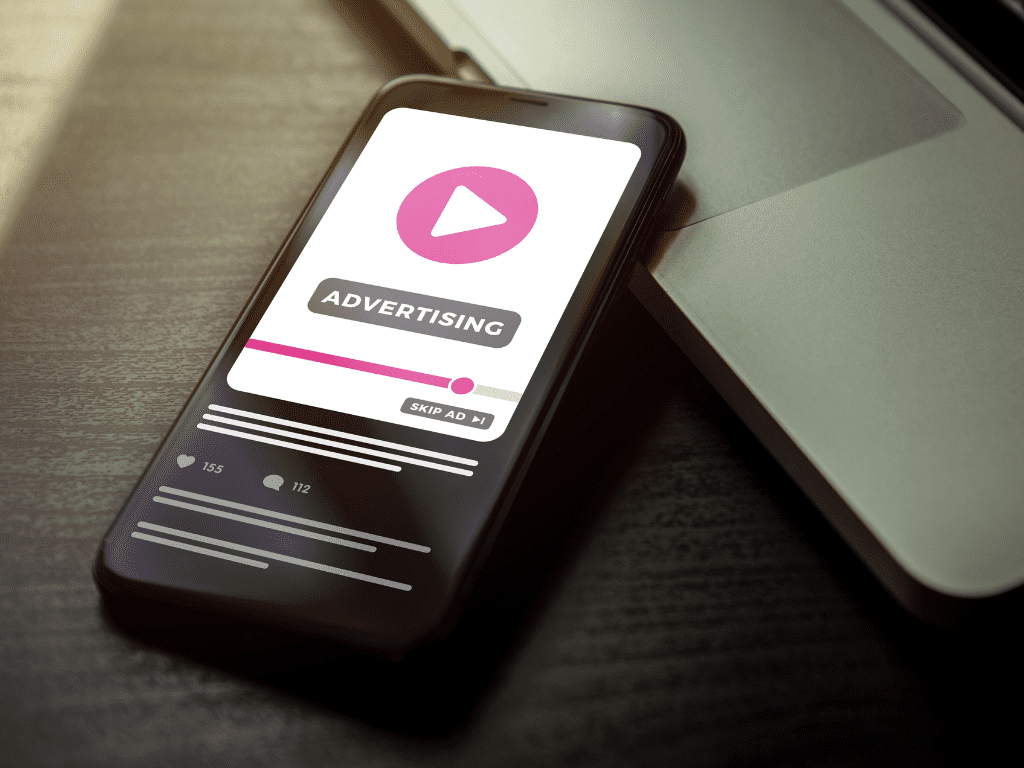
The popularity of video advertising is growing by leaps & bounds as it is becoming the most consumed content in the digital world.
Videos have an audience reach of more than 90% worldwide.
It gives advertisers all the more reason to rely on video marketing. Let’s have a look at the main types of Video Ads.
Here are 3 main types of Video Ads:
In-Stream Video Ads
In-stream video ads are displayed in the video player itself. For instance, skippable & non-skippable video ads appearing during a Youtube video refer to in-stream videos.
There are 3 types of In-Stream Video Ads:
- Pre-roll: Such ads appear before the video begins.
- Mid-roll: These ads are displayed in between the video.
- Post-roll: These ads are displayed at the end of the video.
Out-Stream Ads
These video ads appear either within an article or as a pop-up window.
In-Display Ads
These ads appear in search results or video recommendations.
Programmatic Audio Ads
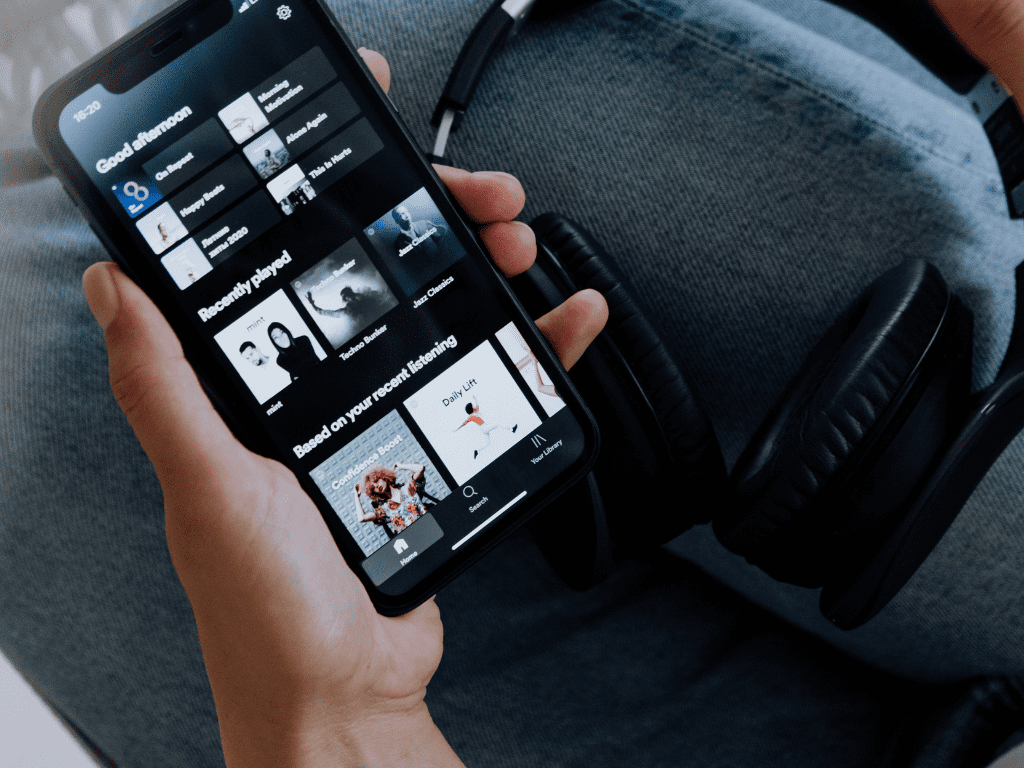
According to Demandsage, there will be around 500+ million subscribers by the end of 2024.
It speaks volumes about the increasing importance of audio & podcast. It increased the adoption of programmatic audio ads.
While there are traditional methods to manually place sponsor ads on podcasting platforms, programmatic audio ads help reach the right audience using real-time audience data & maximizing the ROI to a great extent by providing a seamless user experience.
Programmatic Native Ads
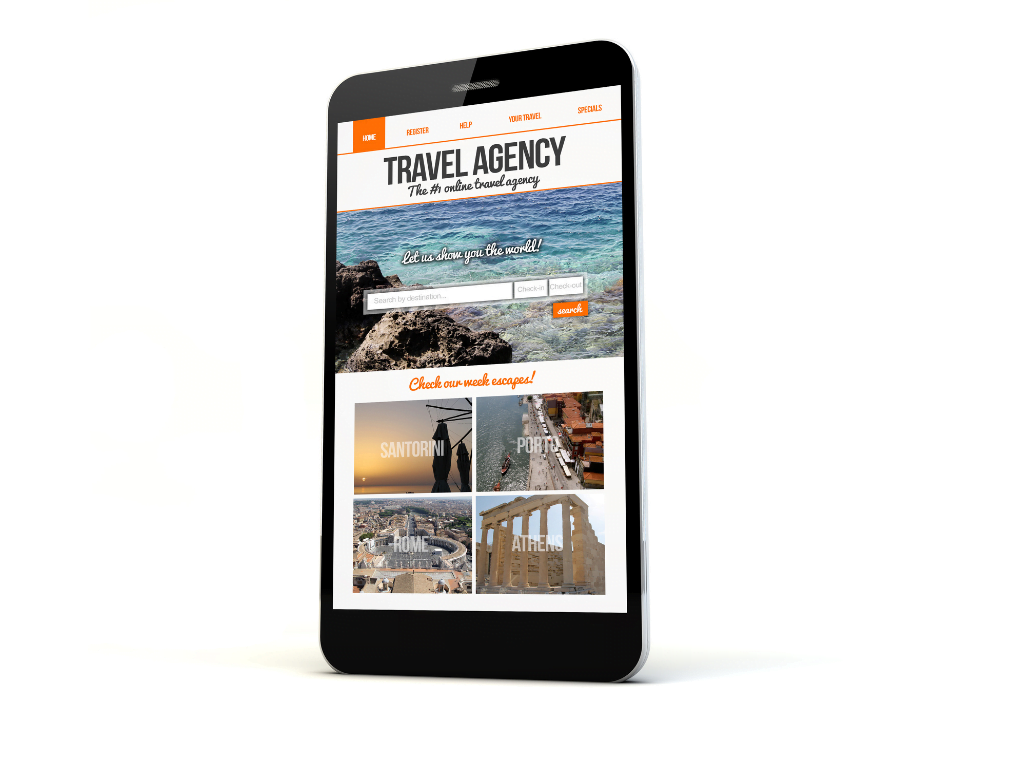
Native advertising refers to ads that blend seamlessly with the look & feel of the web property (be it a website, an app, or any other platform) on which they are displayed.
Native ads can be targeted based on user behavior and interests, making them more effective in driving engagement and conversions.
Types of Programmatic Native Ads
- In Feed Units
- Display Ad With Native Elements
- Paid Search Units
- Recommendation Widgets
- Promoted Listings
- Sponsored Content
- Rewarded Video Ads
Programmatic Digital Out-Of-Home Advertising (DOOH)
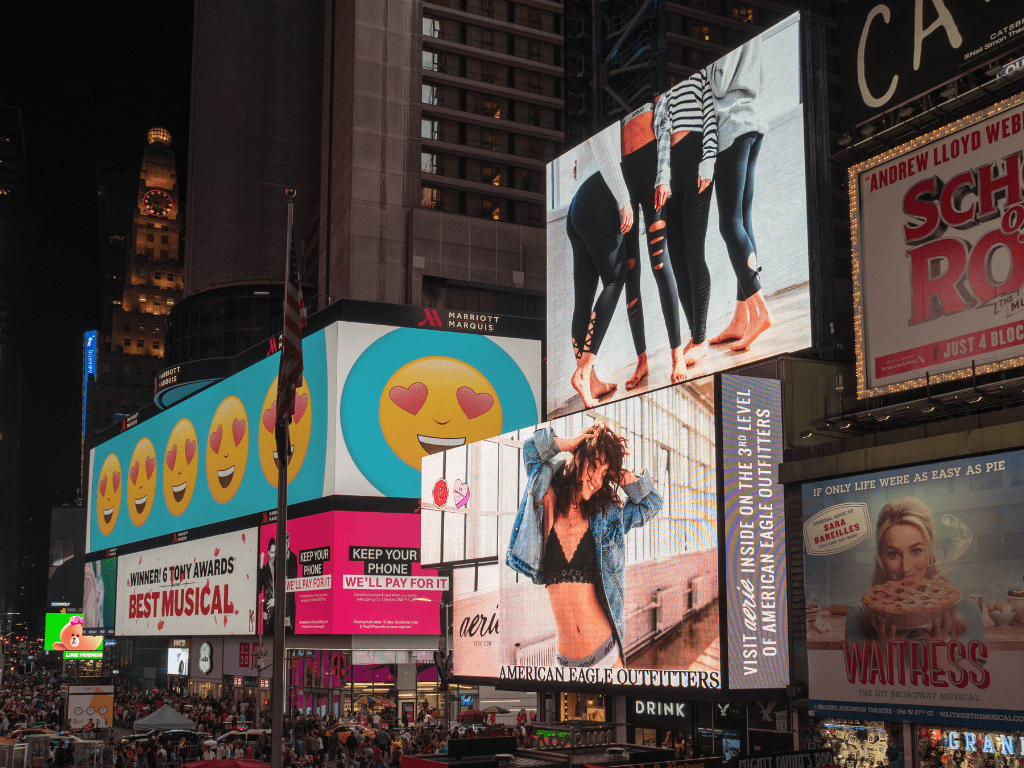
Do you remember the traditional approach of out-of-home advertising??
Well, this is an advanced form of that version!
While OOH advertising is a traditional form of advertising which includes approaching target customers in public places such as bus-stop shelters, stadiums, shopping malls, etc., DOOH advertising is an advanced form of OOH advertising, with advanced data-driven analytics – geofencing, tracking, retargeting, personalizing, attribution, and measurement.
DOOH advertising empowers advertisers to dynamically display ads through mediums such as digital billboards targeted to individuals as they walk past them.
For instance, imagine you are walking past a billboard, which changes dynamically depending on the weather condition or time of the day. It is possible through DOOH advertising.
And programmatic DOOH automates the process!
Here’s how it does that!
Programmatic DOOH automates the buying, selling, and delivery of DOOH advertising on digital billboards and other signages. Buyers set specific conditions such as how, when, and where they want their ads to be displayed & once those conditions are met, the ad slot is purchased and delivered automatically.
Benefits of Programmatic Media Buying
Programmatic advertising offers several benefits to advertisers, such as:
Increased Efficiency: It allows advertisers to automate their campaigns, which saves time and resources.
Better Targeting: Programmatic advertising uses data and algorithms to target specific audiences based on demographics, behavior, and intent.
Real-time Optimization: It allows advertisers to optimize their campaigns in real time based on performance data.
Increased Transparency: Programmatic advertising provides advertisers with detailed reporting on their campaigns, including impressions, clicks, and conversions.
Programmatic Advertising Trends 2023
Programmatic advertising has been growing rapidly in recent years & is expected to continue growing in the years ahead. Here are some of the programmatic advertising trends that are expected to take center stage in 2023:
Over The Top (OTT) & Connected TV (CTV) Advertising
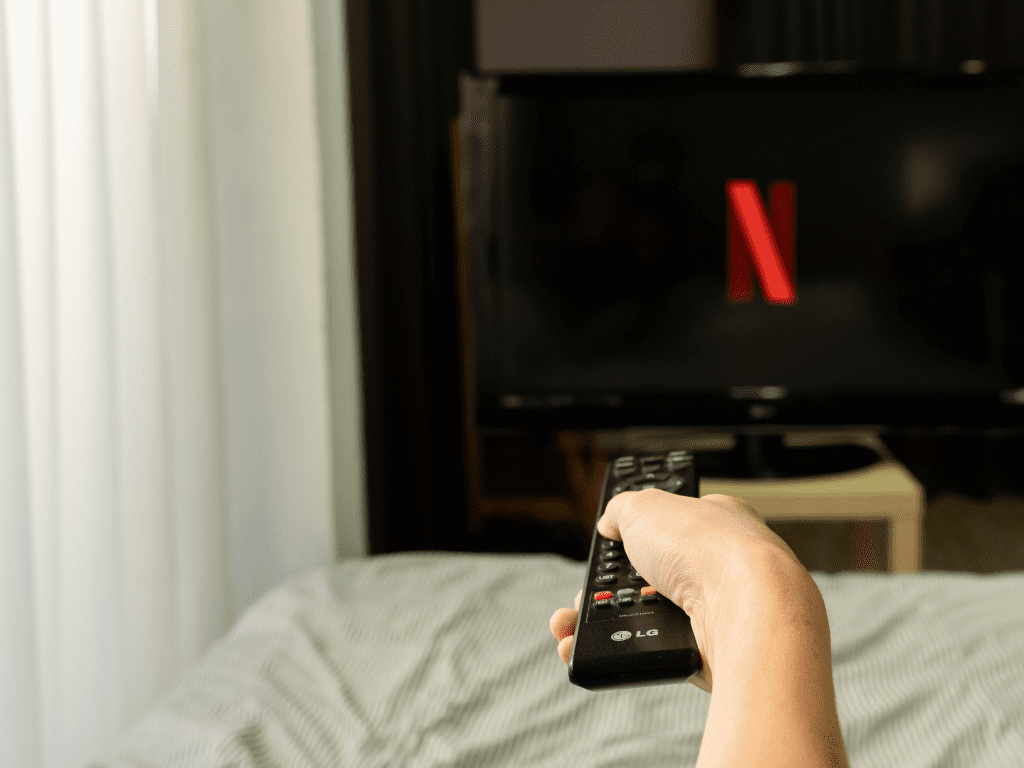
In 2023 & beyond, a staggering number of people will switch to connected TV (AKA Smart TV), necessitating advertising on OTT platforms instead of relying on traditional approaches.
With almost every other person consuming streaming content, it is becoming a lucrative option for advertisers to reach their target audience using OTT & CTV advertising.
With data-driven ad placement, programmatic marketing makes this process easier & appealing to the target audience.
Picture this: You are fully invested in a thrilling web series, heart racing as you watch the characters navigate through unexpected twists and turns. Suddenly, one of them suffers a stroke, leaving you on the edge of your seat. And just as you’re wondering what you can do to keep your heart healthy, an ad pops up with the answer!
Don’t worry – you don’t have to make major lifestyle changes to keep your heart healthy. You can make a big difference by swapping unhealthy cooking oils with healthier options.
Introducing [XYZ] Healthy Oil – the perfect choice for those looking to maintain a heart-healthy lifestyle. Our oil is low in saturated fats and high in monounsaturated and polyunsaturated fats, which have been shown to improve heart health. With its light & delicious flavor, XYZ Healthy Oil is perfect for all your cooking needs.
So don’t let a stroke interrupt your story. Choose [XYZ] Healthy Oil and take control of your heart health today!
Now, this ad popped up at the right time & timing is everything, especially regarding programmatic ads. And this ad for a heart-healthy cooking oil couldn’t have come at a better time – just as the tension was at its peak in the web series you were watching.
With its eye-catching message and perfect timing, this ad grabbed your attention and reminded you that caring for your heart is crucial, no matter your actions. And with its promise of delicious flavor and heart-healthy benefits, this cooking oil is the perfect addition to your healthy lifestyle.
Intuitive Programmatic Advertising
Intuitive Programmatic Advertising is an emerging trend in the advertising industry that leverages the power of AI and ML to deliver highly targeted and personalized ads to audiences. With the increasing use of digital devices and the availability of vast amounts of data, marketers are looking for ways to automate their ad-buying process & reach the right audience.
It uses data-driven insights to predict audience behavior and interests, allowing marketers to create highly relevant and engaging ads. Intuitive Programmatic Advertising can deliver personalized messages that resonate with individual users by analyzing real-time data such as browsing history, search queries, and social media activity.
As an emerging trend, Intuitive Programmatic Media Buying is rapidly gaining popularity as marketers seek to maximize their ROI and stay ahead of the competition. It is poised to revolutionize how marketers reach their audiences in the digital age with its ability to deliver highly targeted and effective advertising messages at scale.
Omni-Channel Programmatic Marketing

It helps users to seamlessly switch between devices and channels without losing track of their progress or feeling like they’re being bombarded with irrelevant ads. That’s what Omni-Channel Programmatic Marketing aims to achieve – a world where customers feel valued and understood, and brands can deliver personalized experiences that truly resonate with their audiences.
Let’s take, for example. You are searching online for new products. You start searching on your laptop, browsing various websites and social media platforms. As you scroll through your Facebook feed, you see an ad for a new product that catches your eye.
Later that day, while browsing your phone, you see the same ad again, with a discount code tailored just for you. Intrigued, you click on the ad and land on the product page. After a few minutes of browsing, you add the product to the cart but don’t complete the purchase.
A few hours later, you receive an email reminding you of the product you left in your cart and some related products you might be interested in. Impressed by the level of personalization, you decide to complete the purchase.
It exemplifies how Programmatic Omni-Channel Marketing can help brands convert potential leads into customers. By leveraging data and automation, marketers can create a seamless, integrated experience that makes customers feel valued and understood. And that’s the power of Omnichannel Marketing– it allows us to connect with our audiences across devices, creating a lasting impression that can drive customer loyalty and advocacy.
Audio & In-Game Advertising

Audio Advertising has become an essential part of many marketers’ strategies with the rise of audio streaming services such as Spotify, Pandora, and Apple Music. By using programmatic advertising, marketers can target specific demographics, interests, and locations, delivering relevant and personalized messages to their audiences while they listen to music or podcasts.
In-Game Advertising is also becoming increasingly popular as gaming has become a mainstream form of entertainment. Marketers can use programmatic advertising to place ads within games to reach a highly engaged and captive audience while playing. From in-game billboards to sponsored in-game items, the opportunities for advertising in gaming are endless.
The emergence of Audio & In-Game Advertising reflects the changing landscape of media consumption and the need for marketers to stay ahead of the curve. By using programmatic advertising to target these new channels, marketers can create highly targeted and engaging campaigns that reach their audiences uniquely and innovatively.
As an emerging trend, Audio & In-Game Advertising presents a significant opportunity for marketers to connect with their audiences and drive greater ROI. With the ability to target specific demographics, interests, and behaviors, programmatic advertising can transform how we reach and engage with our audiences in the digital age.
5G Boosting Programmatic Efforts
As the world shifts towards faster, more connected technology, 5G is becoming an emerging trend in programmatic advertising. With the introduction of 5G technology, the potential for programmatic advertising has expanded significantly, and marketers can take advantage of new opportunities to reach and engage with their audiences in faster ways.
5G technology offers faster data transfer speeds, lower latency, and improved reliability compared to previous generations of cellular technology, which means that users can access and interact with content more quickly and seamlessly than ever before.
Marketers can deliver more engaging and personalized user experiences in real time, with less delay and interruption.
In addition, 5G technology also enables new types of programmatic advertising, such as augmented reality (AR) and virtual reality (VR) advertising. With the faster speeds and lower latency of 5G, AR and VR experiences can be delivered more smoothly and with greater interactivity, creating a more immersive and engaging experience for users.
Best Practices of Programmatic Advertising
Here are 3 best practices of Programmatic Advertising:
Optimize your Creatives
The creative aspect of your programmatic ads is just as important as the targeting. Use engaging images, videos, and copy to capture your audience’s attention. Try multiple ad formats to see what works best.
A/B Testing
The beauty of programmatic advertising is that it allows you to test and optimize your campaigns in real-time. Use A/B testing to experiment with different ad formats, messaging, and targeting to see what works best for your audience. Continually analyze your data and make adjustments to improve performance and ROI.
Monitor and Adjust your Bids
Programmatic advertising allows you to set a maximum bid for each impression or click, but it’s crucial to monitor your bids & adjust them based on the performance. Use analytics to determine which bids drive the best results and adjust your strategy accordingly.
How Does FrescoData Help Advertisers?
It can be overwhelming to understand the complicated process of Programmatic Media Buying, let alone using it the right way.
FrescoData, a global leader in data & marketing, makes this process easier for you and maximizes ROI. With a diverse set of global databases, we know your audience & the means to reach them. We understand our client’s needs & ensure that they reach the target audience effortlessly.
After all, “Every Penny Counts”!
Get in Touch to make sure yours does.
FAQs
What is programmatic OTT advertising?
Programmatic OTT advertising is an automated data-driven process of trading digital ad slots on OTT platforms via real-time bidding to get the relevant space for a particular ad based on data & stats.
What is programmatic in digital marketing?
Programmatic advertising refers to buying & selling digital ad inventory/space on different platforms based on data-driven automation.
Is Spotify programmatic advertising?
Yes, Spotify offers programmatic video & audio ads through its platform.
What are the different types of programmatic advertising?
Real-Time Bidding (RTB), Private Marketplace (PMP), Preferred Deals, and Programmatic Guaranteed are the main types of programmatic advertising.
Are social media ads programmatic?
Yes, you can use a programmatic advertising approach to automatically place ads on relevant Social Media platforms.
Is programmatic advertising only display?
No, programmatic advertising is not only limited to display ads & can include audio & native ads as well.


